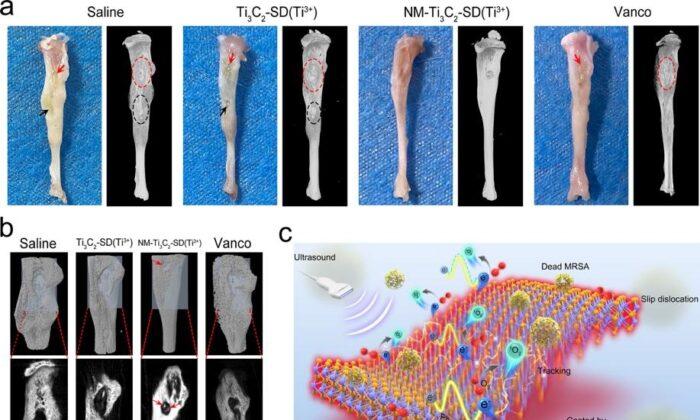The research team at Li Ka Shing Faculty of Medicine at the University of Hong Kong, HKUMed made a groundbreaking discovery that somatic deletion of a tumor suppressor gene, AKTIP (AKT interacting protein), can increase the growth of luminal breast cancer and develop resistance to hormone therapy.
Breast cancer is the most common and the third most deadly cancer among women in Hong Kong.
Luminal breast cancer accounts for 60 to 70 percent of all breast cancer cases.
Due to a hormone receptor, estrogen receptor a (ERa), which promotes cell growth, targeting ERa by therapeutic agents, hormone therapy, specifically endocrine therapy, is a standard treatment for luminal breast cancer.
However, one-third of luminal breast cancer patients, who respond to hormone therapy initially, will eventually develop resistance to the treatment.
AKTIP gene deletion can be found in about 55 percent of luminal breast cancer cases.
Through examining breast cancer cell culture, clinical samples, lab mice testings, and studies on human tumor organs, the researchers discover that AKTIP gene deletion increases ERa’s protein expression level. Thus it promotes the proliferation of luminal breast cancer cells.
The analysis data of breast cancer patients shows that the survival rate of luminal breast cancer patients with AKTIP gene deletion is low.
Additionally, luminal breast cancer cells will also develop resistance to the hormone therapy of the target ERa.
The study also reveals the activation of the signal path, JAK2/STAT3, simultaneously. Therefore, when ERa is inhibited, cancer cells can use JAK2/STAT3 to counter the effects of ERa inhibitors.
Therefore, inhibiting JAK2/STAT3 can overcome the resistance of breast cancer cells to hormone therapy.
Dr. Lydia Cheung Wai-ting, assistant professor of the School of Biomedical Sciences, HKUMed, elaborated, “We need to examine further the findings of the ability of JAK2/STAT3 inhibitor reversing hormone resistance, that is caused by AKTIP deletion. The AKTIP gene may be used as a biomarker to predict the hormonal treatment response, thus improving the treatment strategy for luminal breast cancer.”




